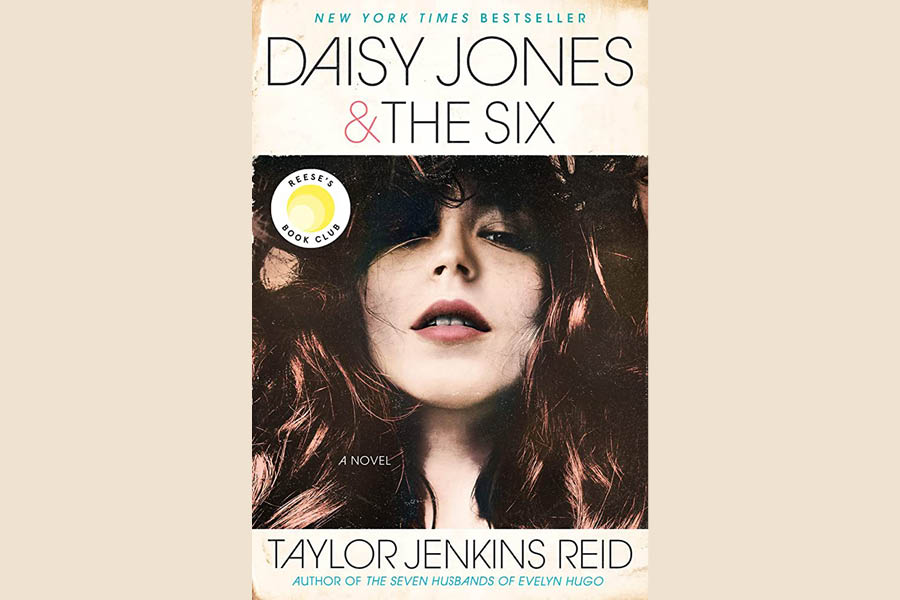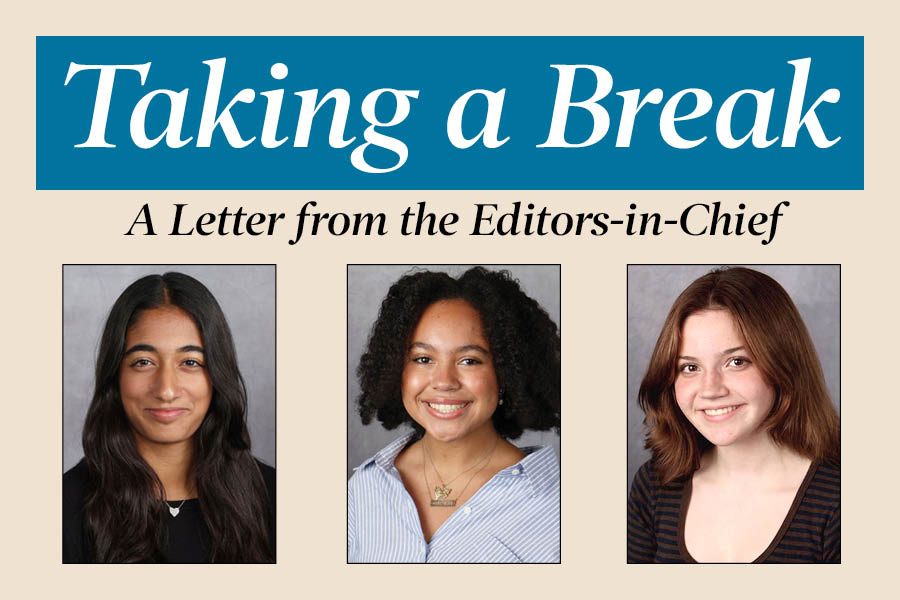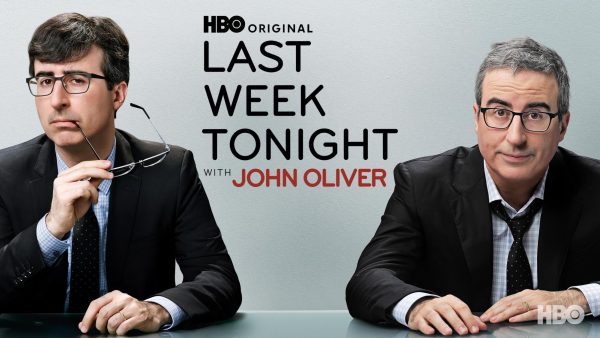Historical fiction novel presents complex, lovable characters
Amazon
“Daisy Jones & the Six” is a historical fiction novel about rock n’ roll in the 70s by author Taylor Jenkins Reid.
May 15, 2023
Any ’70s music fan would be able to tell you that 99% of the music of most ’70s rock groups revolves either around sex, drugs, or rebellion. Fleetwood Mac, The Rolling Stones, Pink Floyd, and so on — it’d be tough to find a song of theirs that doesn’t fit one of those categories.
This rule is made delightfully explicit by the fictional rock band The Six in Taylor Jenkins Reid’s historical fiction novel “Daisy Jones and the Six.” The book has recently been adapted into an Amazon Prime Video original streaming series starring Riley Keough and Sam Claflin.
The story revolves around two main protagonists: Daisy Jones, a young and beautiful singer-songwriter with a passionate and dedicated love for the pills in her pocket, and Billy Dunne, the lead musician for the band, who struggles to balance his artistic vision with his responsibilities as a husband and father.
A lot could be said for the book’s gender politics — the feminist themes are sharp and consistent.
Karen Sirko, the keyboardist for The Six, says very early on that “Men often think they deserve a sticker for treating women like people.” The line is subtle and does not come up again, but it serves as a frictionless way to establish Karen as a fierce and spirited character.
But the main strength of the book isn’t its feminism. The thing that sticks out is the remarkable complexity of the characters.
The seven bandmates are intricately, wonderfully flawed. Despite their endless flow of screw-ups, all seven rock stars come across as immensely complex and compelling. Billy is a tortured songwriter who often appears aloof and icy-hearted — a loose cannon who constantly fights with himself to avoid destroying his own life and breaking the hearts of those around him. Yet somehow, Billy is thoughtful, loving and impossible to dislike.
The young musicians are miserable most of the time. They hold themselves together with their art, with adrenaline, and with the scraps of love that they cling to. Ms. Reid flawlessly illustrates the misery and superficiality of being famous, as well as the joy of it and the effect that stardom has on the soul.
“The only reason people thought I had everything is because I had all the things you can see,” Daisy says. “I had none of the things you can’t.”
“Daisy Jones & the Six” is not a polemic. It does not try to teach an oversimplified lesson about fame, fortune or feminism. At its core, the novel tells the story of seven broken young people creating art together and trying to escape the potent unhappiness that threatens to consume them. It’s never truly made clear if it works, but the journey these flawed, scruffy stars go on to find out is endlessly entertaining.





















Leeann Zouras • May 16, 2023 at 10:08 am
Great review! Thanks.